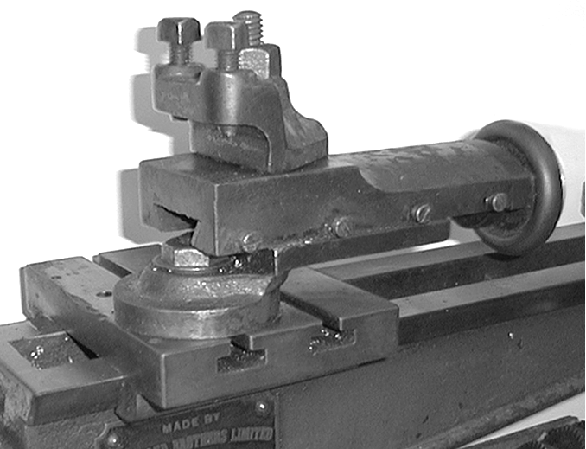
|
A distinctive L shaped "banjo" arm carried the changewheels. Early nuts and bolts were rather "fuller" than the later slimmed down versions introduced as a material-saving exercise during the First World War. |
||
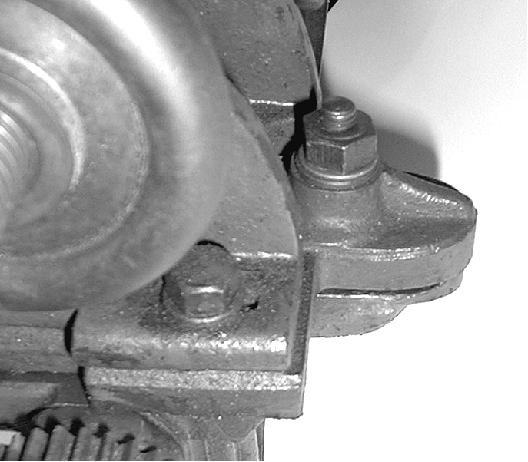
|
A quaint Drummond custom was to leave the headstock oiler nuts without covers - allowing swarf and dirt to drop into the bearings. Here a conscious owner had made simple drop-in plugs to offer some degree of protection. |
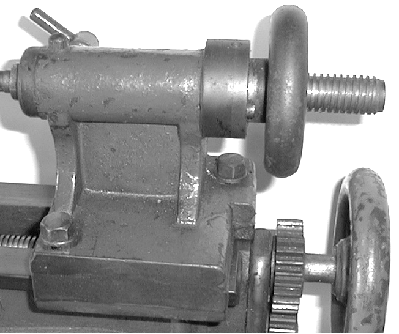
|
The slotted arm protruding from the rear spindle bearing was provided to carry a stud on which a changewheel could be mounted to reverse the leadscrew drive - and so cut left-hand threads. |
||
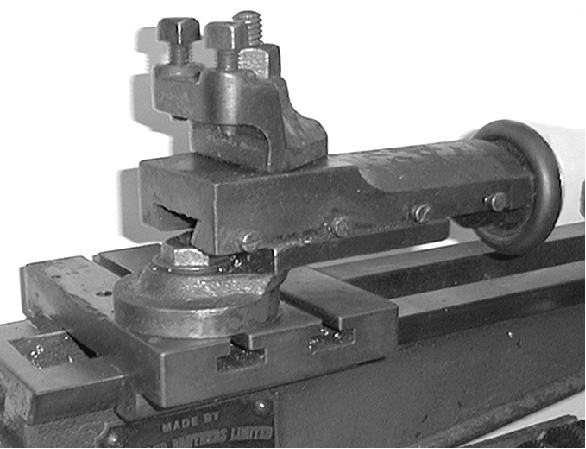
|
|
||
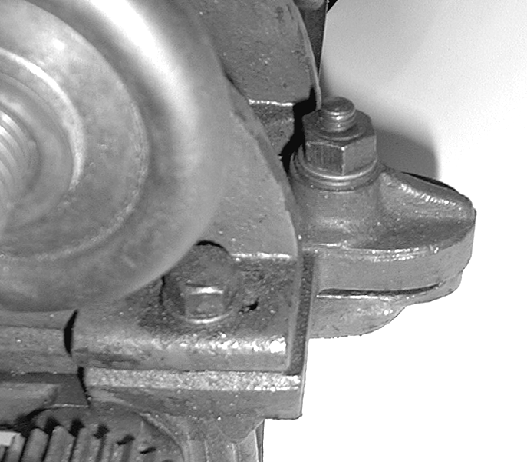
|
Original 1905 Drummond 31/2" Headstock Type B Slide Rest Type B Tailstock Rare 4" Drummond Flat Bed Photographs: 1912 31/2" B Type Headstock Comparison M Type Admiralty Model M-Type Photo Essay |
||